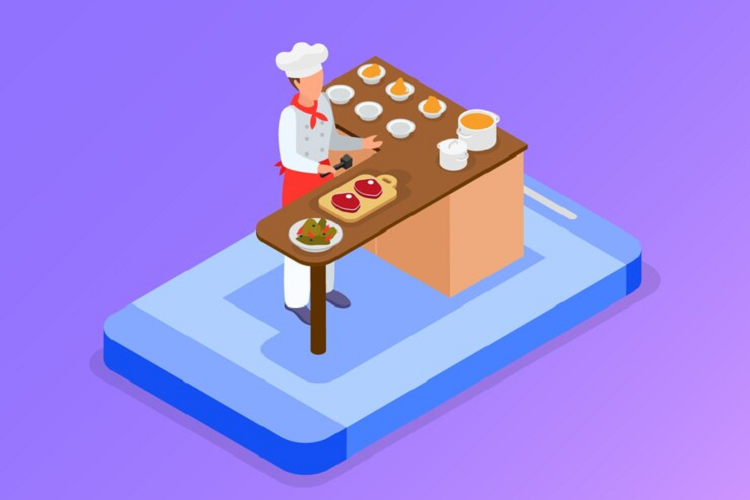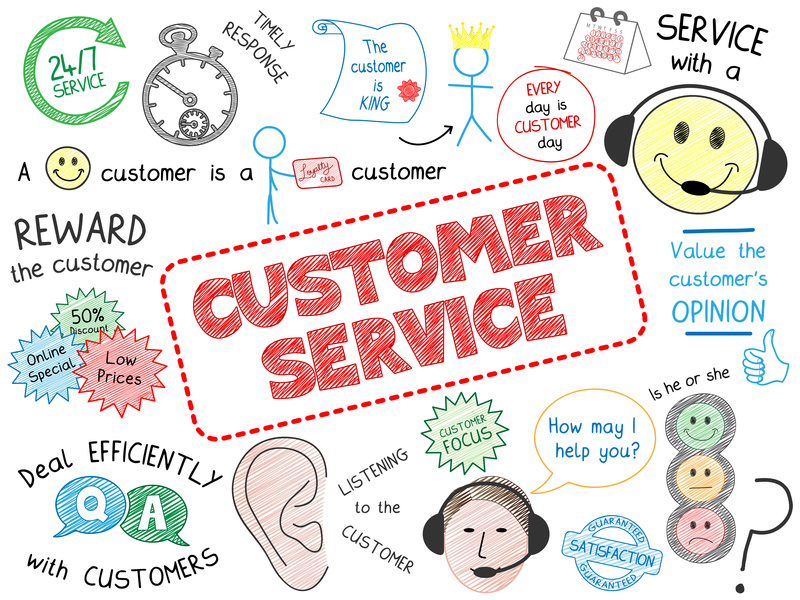A key component of a unified dining system is the integration of technology. From point-of-sale systems to customer relationship management tools, technology plays a pivotal role in creating a cohesive dining experience.
The way we order and enjoy food has changed dramatically with the rise of online food delivery services and apps. While the convenience of these digital platforms is invaluable, integrating them seamlessly with traditional dine-in restaurants can be tricky. In order to provide customers with a streamlined and satisfying experience, whether they are ordering takeout or having a meal at the restaurant, strategies must be implemented to unify the online and offline worlds.
This article will explore key tactics restaurants can use to blend their online presence with their physical location. By focusing on elements like seamless ordering, personalized engagement, integrated loyalty programs, real-time communication, quality control, third-party delivery coordination, payment solutions, feedback channels, marketing, and accessibility, an omnichannel approach can be achieved.
9 Strategies for a Unified Dining System
Try these strategies for an integrated food system is a dynamic process that involves a delicate balance of technology, ambiance and cuisine.
Streamlining the Ordering Process
One of the first steps in linking the digital and in-person dining experiences is ensuring a smooth ordering process. Customers expect to be able to place orders quickly and easily, regardless of whether they are using the restaurant’s app or sitting in the dining room.
To accomplish this, restaurants need an online ordering platform and point-of-sale system that integrate seamlessly. Menus, prices, and order information should automatically sync between the two systems to prevent confusion or delays..
Using Data for a Personalized Experience
In today’s digital era, data is king. Online food ordering system and loyalty programs provide restaurants with valuable data on customers’ preferences and behaviors. Leveraging this data is key to unifying the online and offline experience through personalization.
For example, if a customer frequently orders seafood dishes for takeout, this information can be used to provide customized recommendations or offers to try new seafood menu items when they dine in. Their order history can clue servers in to suggest complementary wines or sides in-restaurant.
Birthdays, anniversaries, and other occasions can be used to provide surprise treats or discounts when customers visit in person. Personalized promotions and suggestions make both online and on-premise dining feel tailored and relevant.
Integrated Loyalty Programs
Many restaurants have separate loyalty programs for online ordering versus dine-in. Transitioning to a unified program that spans both channels provides a more streamlined experience.
Allowing customers to earn and redeem points whether they are getting takeout or having a meal creates a cohesive rewards system. It incentivizes engagement with both online and on-site dining.
Making it easy to sign up for the loyalty program online ensures customers are automatically enrolled rather than having to register separately at the restaurant. Centralized point tracking and redemption also minimizes confusion.
Real-Time Communication
Keeping customers informed through real-time communication enhances both online ordering and on-premise dining.
Push notifications on the takeaway ordering app updating customers on the status of their takeout order improves convenience. In-restaurant, buzzers or text alerts that let seated guests know when their table is ready reduce wait times and frustration.
Providing easy contactless ways for customers to reach the restaurant, like in-app chat or texting a dedicated number, unifies service channels. This facilitates any order changes or queries regardless of how the meal was purchased.
Maintaining Consistent Quality
Customers expect to receive the same quality of food and service whether they dine in or order for delivery or takeout. Maintaining consistency is key to prevent dissatisfaction.
Standardized training for cooks and servers ensures proper preparation, presentation, and service for all orders. Digitally integrated systems that print online orders in the same format as phone or in-person orders also minimize mistakes.
Third-Party Delivery Coordination
Partnering with third-party delivery services like Uber Eats has become commonplace for restaurants. Integrating these external channels into the unified dining system takes some additional work.
Ensuring menu and price consistency across the restaurant’s own online ordering platform and third-party apps avoids confusion and complaints. Smooth data exchange to accurately transmit delivery orders to the kitchen limits errors.
Digital Payment Solutions
Giving customers flexible digital payment options streamlines transactions whether ordering remotely or paying an on-premise bill.
Integrating systems like Apple Pay, Google Pay, and Samsung Pay lets customers tap to pay using mobile devices. Having reliable WiFi in the restaurant enables digital wallet use.
Allowing customers to save payment details online for faster checkout creates consistency between channels. Tablet POS systems likewise enable tapping or entering payment at the table.
Cross-Channel Marketing Strategies
Joint promotion across online and on-premise platforms helps transition customers between the two experiences. Smart cross-channel marketing unifies brand messaging.
For example, restaurants can offer a coupon code on dine-in receipts to encourage downloading the online ordering app. Alternatively, a free dessert or appetizer can be offered to app users when they dine in.
Accessibility and Inclusiveness
As part of a unified dining system, it’s crucial that online platforms and in-restaurant facilities accommodate customers with disabilities. Accessibility options online and on-site make dining more inclusive.
Adding alt text for images, screen reader capability, and interface navigation via keyboard enables online ordering for visually impaired customers. In-restaurant, ramps, braille or large print menus, and comfortably spaced tables optimize accessibility.
Listing dietary restrictions and allergen information prominently on online menus assists customers with special needs. Staff sensitivity training fosters accommodating and welcoming service for all.
Key Benefits of a Unified Dining System
Taking steps to integrate online and in-person dining provides multifaceted benefits:
- Convenience: Seamless ordering and transactions regardless of channel
- Personalization: Data-driven experiences tailored to individual preferences
- Consistency: Uniform food and service quality across channels
- Flexibility: Omnichannel engagement that meets diverse customer needs
- Loyalty: Increased customer retention and lifetime value
- Insight: Holistic feedback for driving improvement
- Growth: Expanded customer reach and order volume via diversified channels
- Branding: Cohesive messaging and experience that builds brand affinity
With thoughtful strategy, restaurants can blend digital convenience with human hospitality to satisfy and engage customers. The future points towards integrated online-offline experiences across industries – proactively preparing for this shift can help restaurants gain a competitive edge while enhancing every customer interaction.
Key Strategies to Unify Online and Offline Dining
- Connect online ordering platforms and restaurant POS systems for smooth order handoff.
- Use customer data and order history to provide personalized recommendations and offers.
- Implement a centralized cross-channel loyalty program.
- Keep customers updated on order status for takeout/delivery and table availability for dine-in.
- Standardize food quality and service procedures across online and offline channels.
- Coordinate third-party delivery partnerships to align with direct ordering channels.
- Offer flexible digital payment for takeout/delivery and in-restaurant.
- Gather feedback from all channels to inform ongoing improvements.
- Cross-promote online and on-premise experiences through marketing campaigns.
- Ensure accessibility for customers with disabilities across channels.
The digital transformation provides both opportunities and challenges for restaurants. Adopting strategies to unified dining system with on-premise hospitality allows businesses to blend the best of both worlds. With thoughtful omnichannel strategies, restaurants can satisfy customers, deepen engagement, and build loyalty across all touchpoints. A seamless dining experience – whether on the screen or on the plate – is the ultimate recipe for success.




